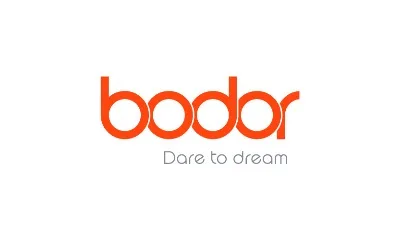10kW+ High Power Laser Cutting vs. Plasma Cutting:Which One Suits Your Metal Cutting Needs?
For years, manufacturers across the industry have been using traditional welding methods for their business needs. While techniques like MIG (Melt Inert-Gas) or TIG (Tungsten Inert-Gas) provide decent performance, they create certain constraints that lead to production delay, increased costs, and operating limitations.

10kW+ High Power Laser Cutting
10kW+ high power laser cutting leverages laser systems with power exceeding 10kW for precise processing of diverse materials. The high-energy laser beam rapidly heats, melts, or vaporizes the material, creating clean and accurate cuts.

Laser cutting offers the following advantages:
1. Speed: 10kW+ high power laser cutting offers a significant advantage in terms of speed. Compared to plasma cutting, laser cutting achieves cutting speeds up to 3 times faster. For instance, suppose a company is using a 30kW laser cutting machine to process 12mm carbon steel and operating it 10 hours per day, 25 days per month. By utilizing laser cutting technology, this company can process approximately an additional 120,900 meters of carbon steel per month. This increase in productivity translates to higher earnings, allowing the company to recoup the cost of the laser cutting machine in a much shorter time.

2. Superior Precision: When it comes to precision, 10kW+ high power laser cutting is in a league of its own. This technique is perfect for intricate designs and close tolerance requirements, as it boasts unparalleled accuracy. With a high-density laser beam used for cutting, the positioning accuracy is an impressive 0.14mm, far surpassing plasma cutting's 0.4mm accuracy. Laser cutting also produces a much narrower kerf, measuring only 0.4mm compared to plasma cutting's 5mm, which is especially advantageous for cutting intricate designs. Precision is essential in industries such as medical and precision instrument manufacturing, where accuracy is crucial for ensuring optimal device performance and safety. Laser cutting is undoubtedly the superior choice in such industries.
3. Adequate Cutting Edge Quality: With the heat-affected zone in laser cutting limited to a mere 0.1-0.4mm, materials experience minimal deformation. Cutting edges generally span 0.2-1.6mm, yielding smooth edges and surfaces devoid of slag formation, thereby significantly enhancing the quality of materials. Take the electronics manufacturing industry as an example, the surface and edge of metal parts should be smooth, burr-free, and scratch-free to reduce friction, wear, and corrosion, ensuring the performance and long lifespan of the devices.
4. Lower Operational Costs: Unlike traditional cutting methods, laser cutting machines utilize a high-energy laser beam to cut materials without any physical contact, resulting in reduced maintenance costs and a longer lifespan. Additionally, laser cutting machines are highly automated and require minimal operator intervention, translating to lower labor costs and increased productivity. Furthermore, laser cutting machines make the best of materials and consume less energy than traditional cutting machines, resulting in lower operating costs.

However, laser cutting also presents certain limitations:
1. Higher Initial Cost: Laser cutting machines are typically more expensive than plasma cutting devices, representing a barrier to entry for start-ups, small and medium-sized enterprises.
2. Thickness Constraint: Although ultra-high-power laser cutting is improving its ability to cut thicker metals, it still performs better with metals that are less than 60mm in thickness.




 Finished product inspection
Finished product inspection





